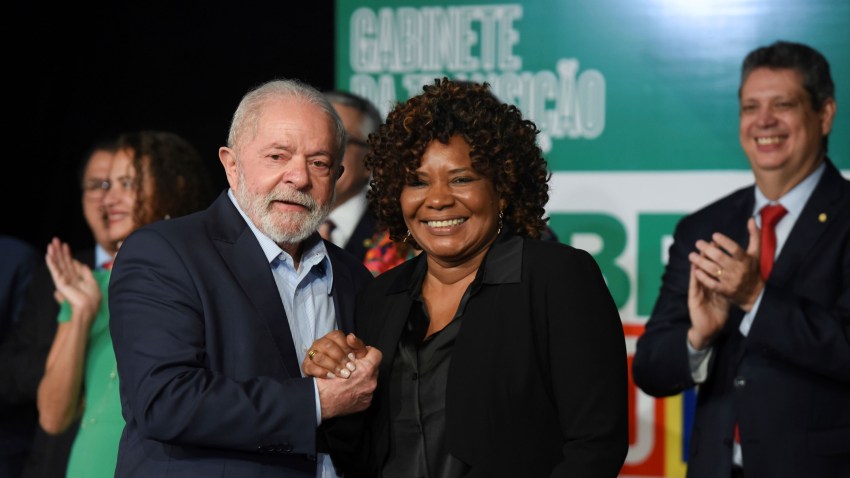When Brazilian President Luiz Inacio Lula da Silva reestablished the country’s Ministry of Culture on Jan. 1, his first day back in office, the move was greeted by a curiously muted response. Sure, the plan to do so had been announced ahead of time, and there were plenty of other momentous changes ushered in by his inauguration that took precedence in the news coverage. But considering that for the better part of the past decade the ministry had been at the center of Brazil’s culture wars, the absence of media coverage—a mere handful of short articles about its reestablishment, outside of art magazines—was surprising.
The drama surrounding the ministry began in 2016, when then-interim President Michel Temer attempted to ax it, only to reinstate it 10 days later following protests by artists and cultural organizations. On the campaign trail two years later, then-presidential candidate Jair Bolsonaro promised to dissolve the ministry for good if he won, playing to an anti-elite sentiment among his supporters that had come to include an animus toward the arts. On his second day in office, he followed through. His message was clear: The cultural sector is not the government’s priority. It may even be the enemy.
Now, after four years in which Brasilia deprioritized culture and, in turn, cultural diplomacy, Lula is seeking to reconnect with the progress the sector and the ministry had made during his first two terms as well as under his successor, Dilma Rousseff. Doing so is crucial to one of his larger goals: rehabilitating Brazil’s global image after four years of Bolsonaro.

